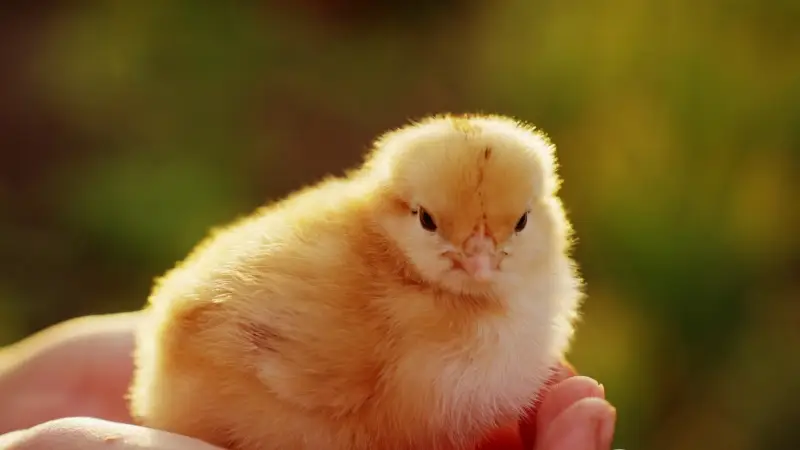
Lebanon Today
Published on 10/27/2025 | Last updated: 10:00 AM (Mecca Time)
While dinosaurs disappeared from the face of the Earth about 66 million years ago, due to what scientists believe was a strong comet or asteroid strike that hit the Earth, there were reptilian creatures silently making their way through that destruction. They outperformed dinosaurs in their ability to adapt to that major catastrophe.
These creatures were not dinosaurs, but belonged to a mysterious family known as “Dyrosauridae,” a living – or rather fossilized – example of nature’s ability to survive in the darkest of conditions.
These creatures appeared in the late Cretaceous period and continued until the early Eocene epoch, meaning they lived approximately between 80 and 40 million years ago. Their remains have been discovered in various regions of the world, most notably Africa (especially in Egypt, Morocco, Mali, and Niger), along with South America, Asia, and Europe.
Valley Crocodile
Now, an Egyptian research team from Mansoura University Vertebrate Paleontology Center has added a new member to this family, according to a study published in “The Zoological Journal of the Linnean Society.”
This addition was a aquatic predator that scientists named “Wadisuchus xysappi.” According to Dr. Hisham Sallam, professor of vertebrate paleontology at Mansoura University, founder of the Vertebrate Paleontology Center, and leader of the research team in statements, “The name Wadisuchus xysappi has deep Egyptian roots. The word Wadi refers to the discovery site in the New Valley Governorate, while Suchus refers to the name of the ancient Egyptian god Sobek, the god of strength and fertility with the crocodile’s head.”
He adds: “As for Xysappi, it is in honor of the late scientist Ahmed Xysab, one of the pioneers of geology and paleontology in Egypt, whose efforts inspired generations of researchers.”
The Secret of the New Valley
About 80 million years ago, what is known today as the New Valley Governorate was an aquatic area teeming with these ancient monsters. Unlike contemporary crocodiles that prefer freshwater rivers and swamps, Dyrosaurids lived in coastal waters and shallow seas.
These creatures possessed amazing adaptations that helped them survive, as they had long, slender snouts, and sharp, interlocking teeth that enabled them to catch fish and sea turtles tightly, preventing their prey from any chance of escape, and were between 3.5 and 4 meters long.
These unique morphological features were the key to their survival from the mass extinction that ended the age of giant creatures, making Dyrosaurids a fundamental link in the story of the continuation of reptiles after the collapse of ancient ecosystems, and a testament to the ability of life to reshape itself in the face of extinction.
Although they were skilled swimmers, the structure of their limbs indicates that they were also able to move over land when needed, to hunt or bury their eggs like contemporary reptiles.
A New History of Crocodiles
According to the study, the fossils extracted by the scientists include two partial skulls and parts of the snouts of 3 individuals in different stages of growth. Sallam says, “Three-dimensional micro-CT imaging techniques enabled us to reveal anatomical details that had never been seen before, and opened a new window on the internal structure of these ancient creatures.”
Sarah Saber, assistant lecturer at the Faculty of Science at Assiut University, team member, and first author of the study, explains, “We found that Wadisuchus is distinguished from its relatives by having 4 front teeth instead of 5, and nasal openings located at the top of the snout to help it breathe from the surface of the water, in addition to a deep cavity at the junction of the jaws.”
With the study of these fossils, and their comparison with others of this creature, it became clear to the research team that Africa was the first cradle for the emergence of this family, from which its branches spread to the rest of the world.
The new results then place Wadisuchus in a key position on the trunk of this group’s pedigree, making it the oldest known member to date, and the most primitive.
Dr. Hisham Sallam concludes by saying that this discovery not only shows the importance of this group of crocodiles, but also reveals that the Egyptian Western Desert still hides treasures that preserve the secrets of our planet’s ancient past.
He adds: “Our mission is not limited to discovering these treasures, but also to protecting them from urban and agricultural encroachment, because they are a legacy for future generations.”
source: 961 today












